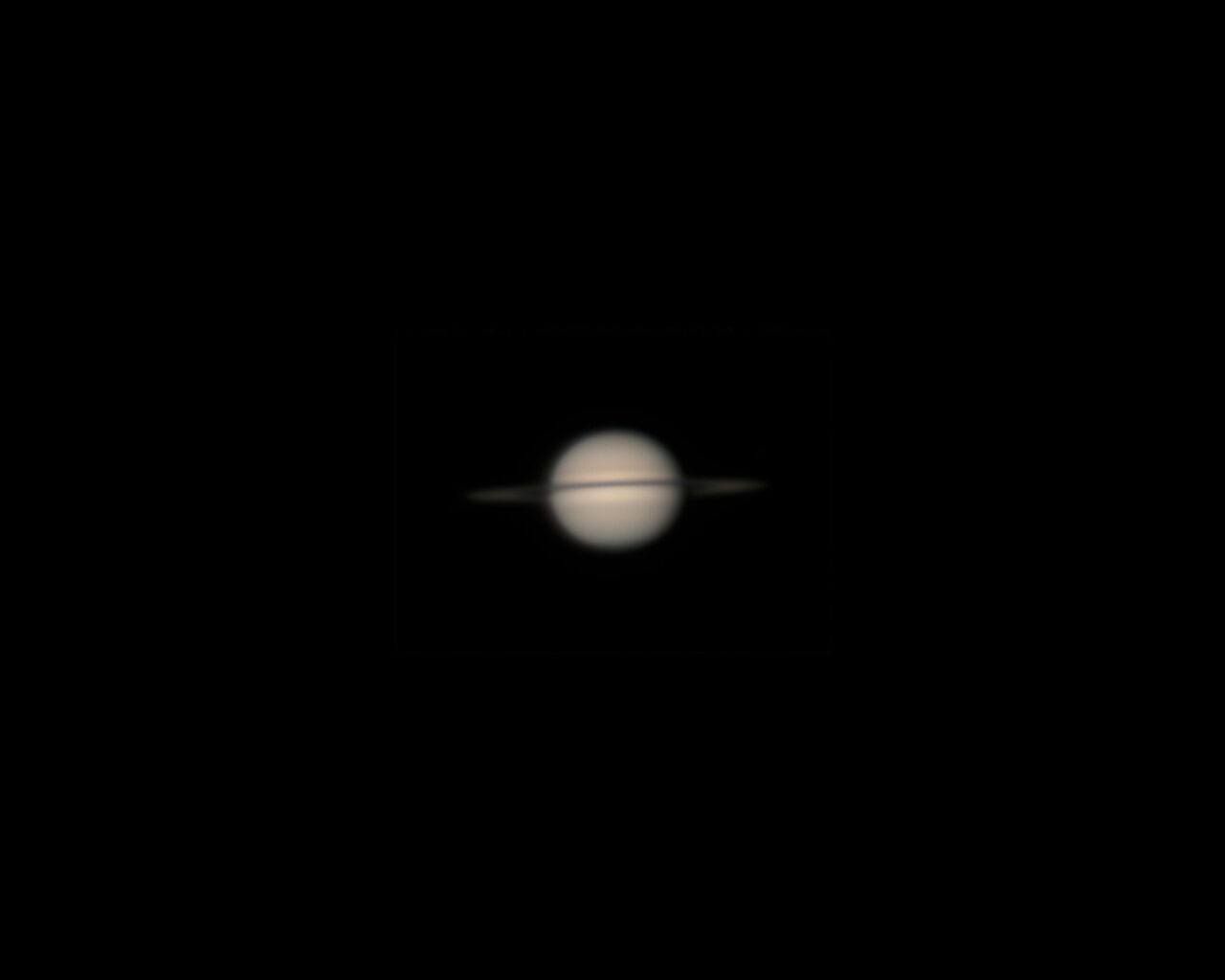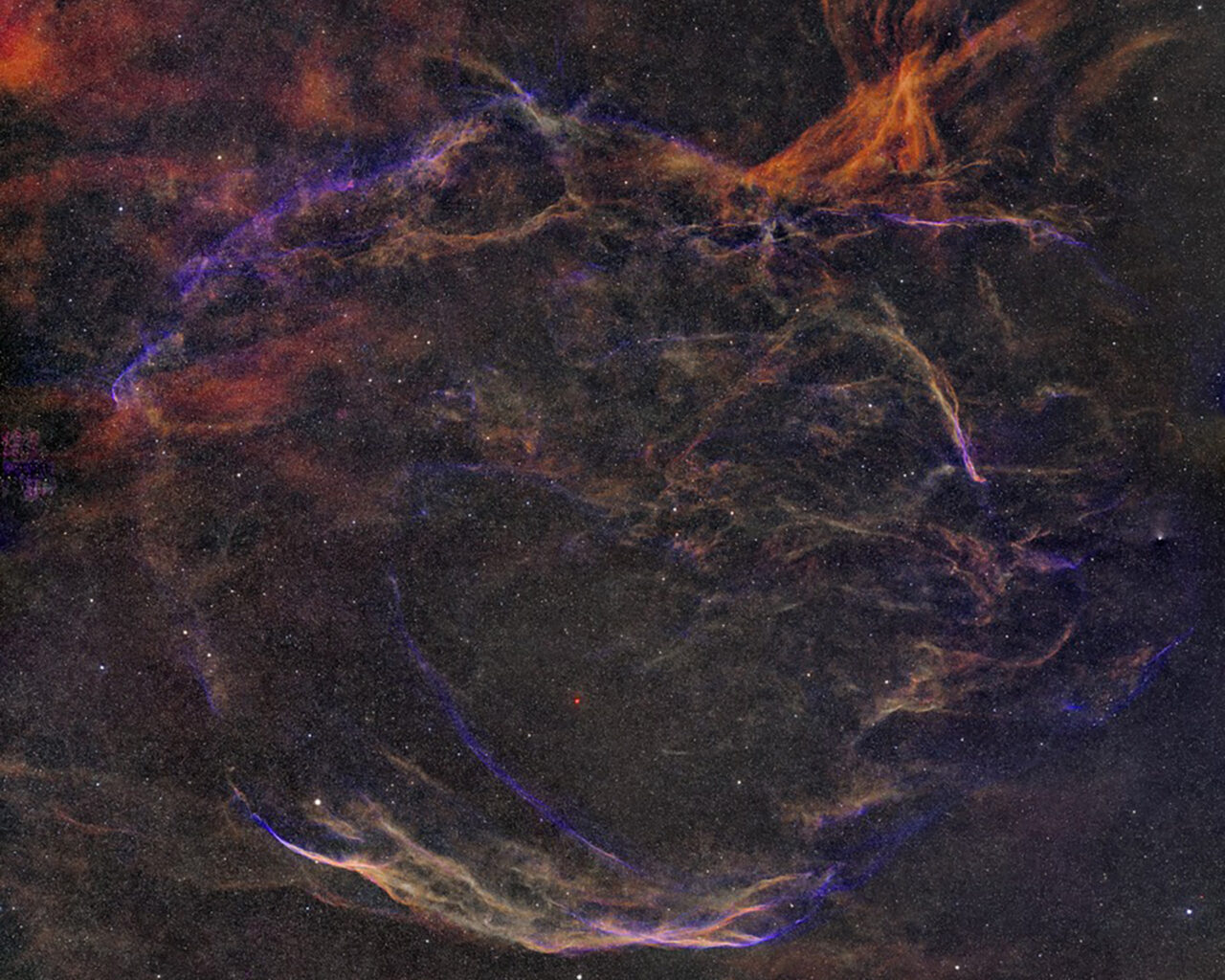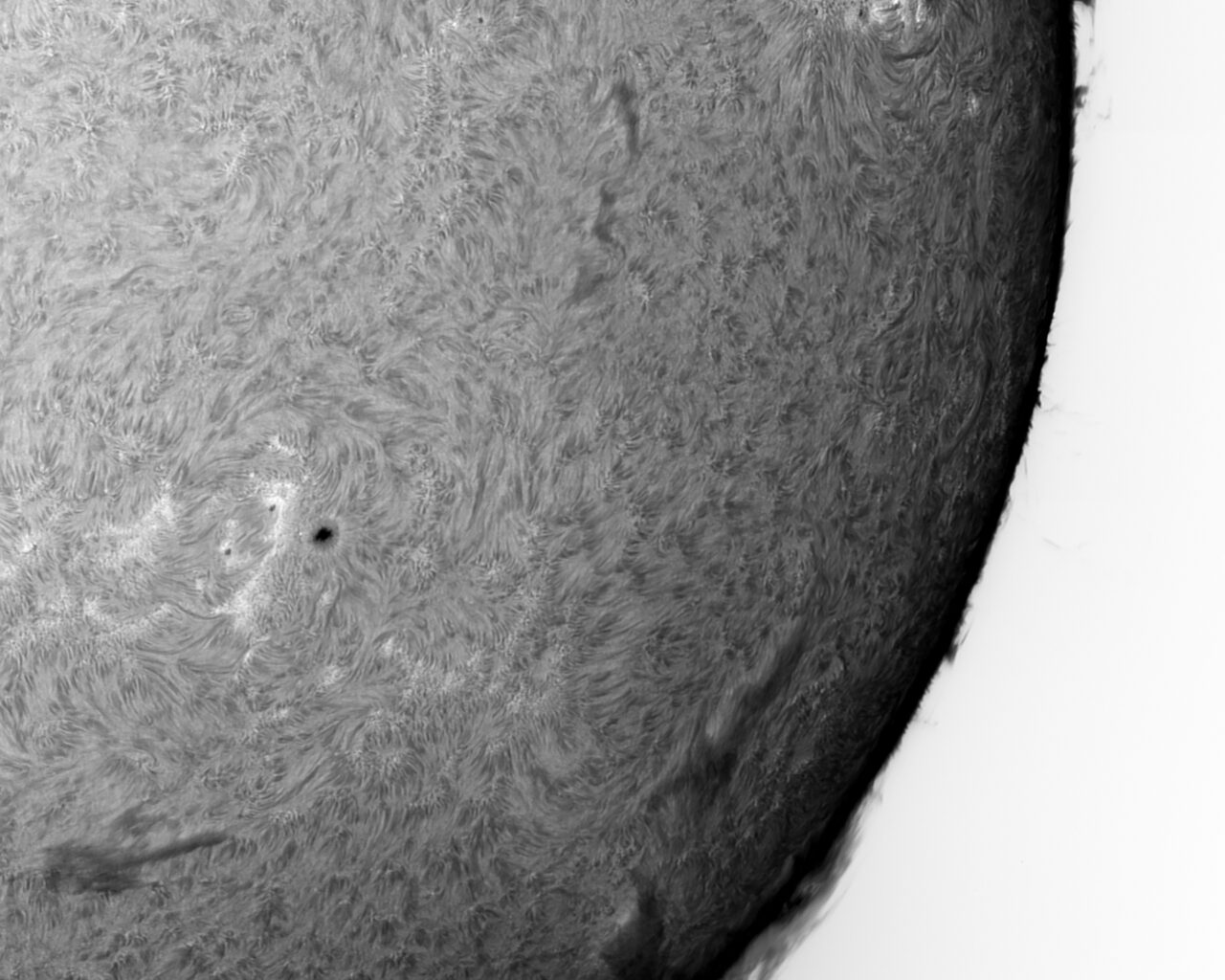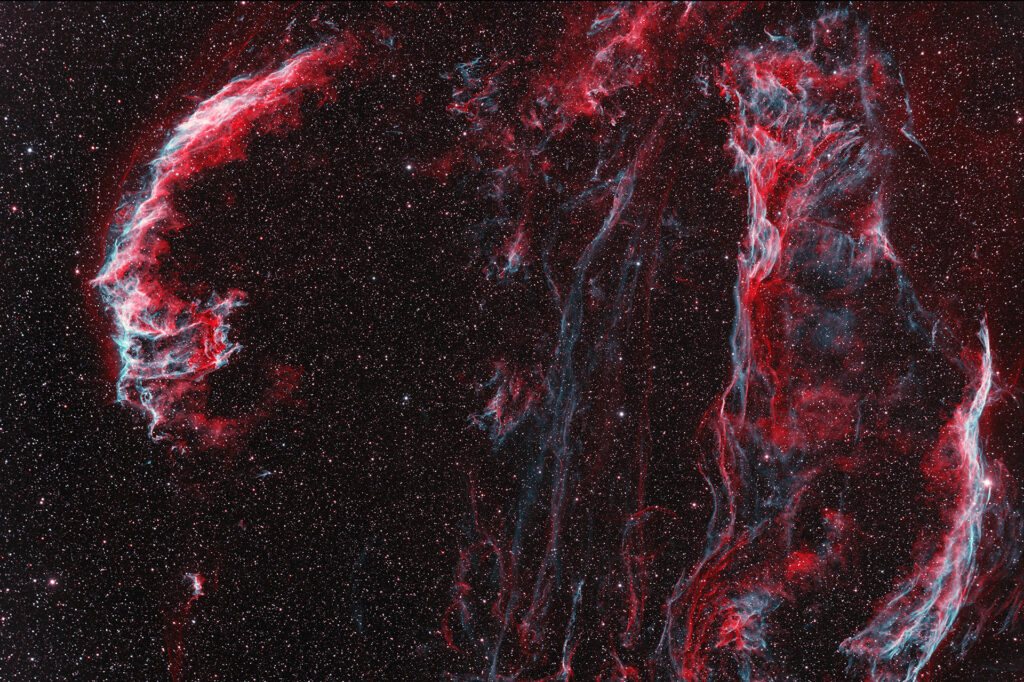
Announcements
- LAS Meeting – Thursday September 18“The Voyagers: Half a Century of Exploration” By Dr. Fran Bagenal
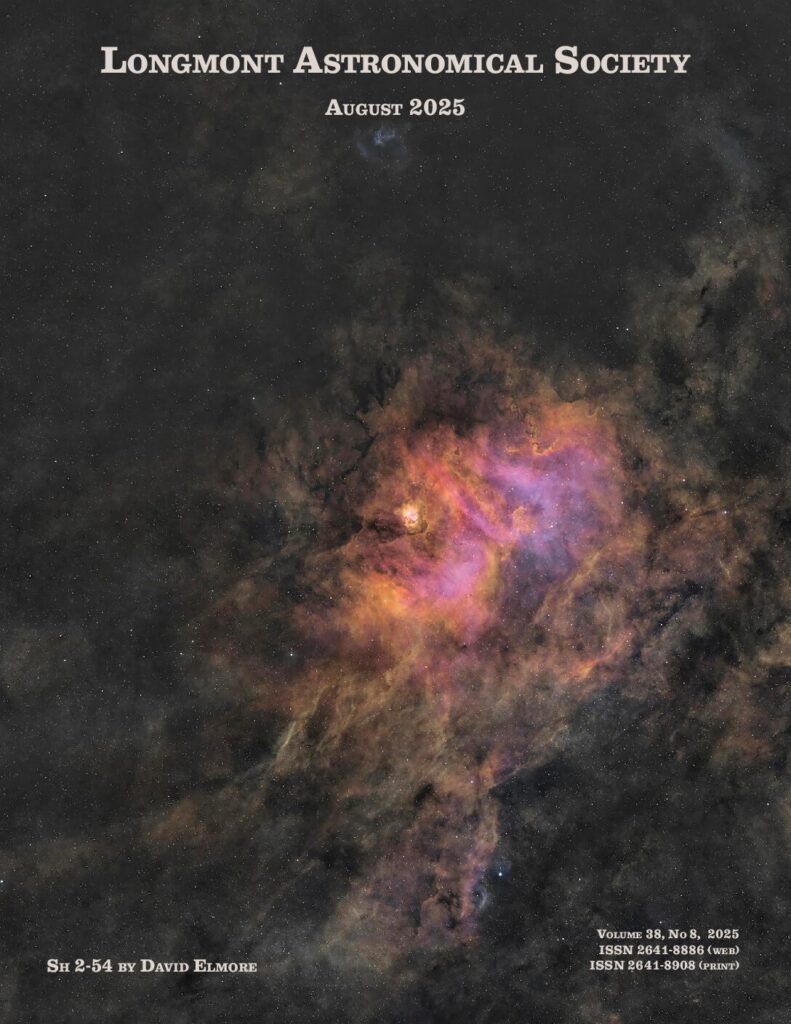
LAS August 2025 Newsletter
- Planets, lunar phases, Early evening objects August
- Navigating the August Night Sky
- Notes for last meeting (July 17)
- Member images
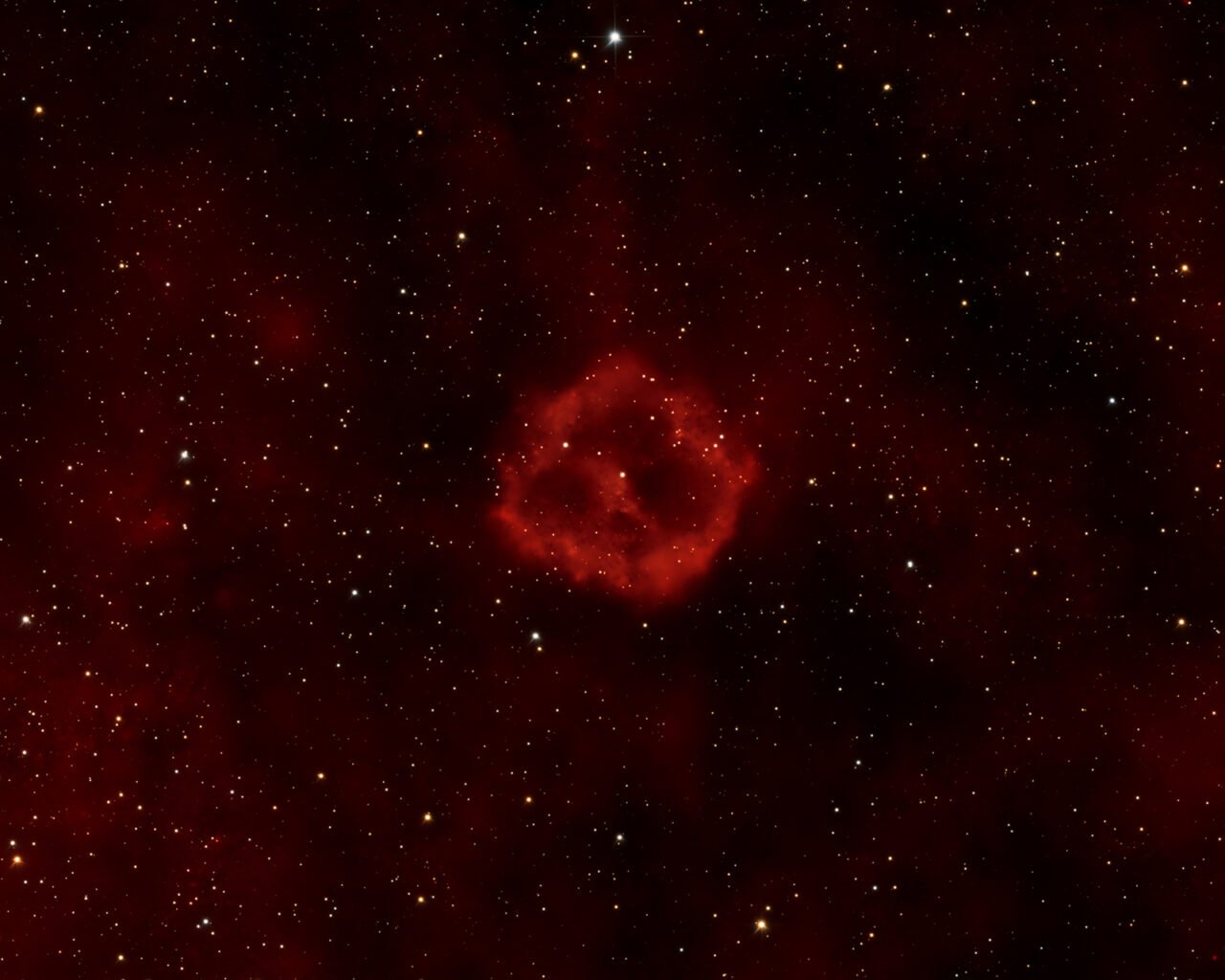
![Garretson_2025-08-07_SNR.G82.2+5.3, HOO+ SII[as yellow.vLAS]](https://longmontastro.org/wp-content/uploads/2025/08/Garretson_2025-08-07_SNR.G82.25.3-HOO-SIIas-yellow.vLAS_-1280x1024.jpg)
